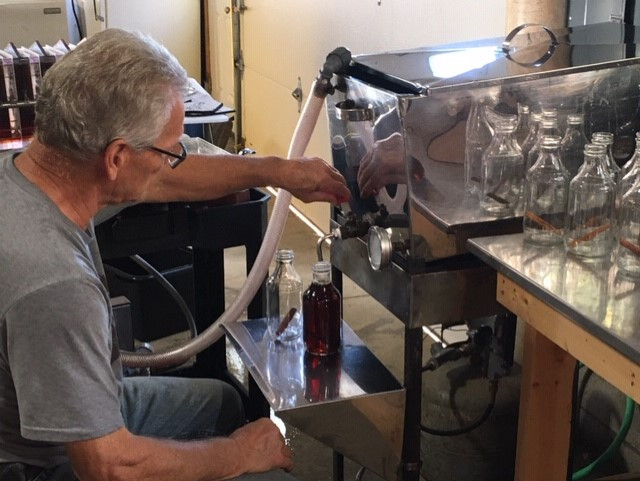The latest buzzword in the farming community...and why it's important!
posted on
April 27, 2020
You’ve heard the terms “beyond organic”, “holistic”, and “sustainable”? In the world of natural farming, various terms come to the forefront of popularity from time to time. What do they really mean? The details and the focus of these terms often overlap, and sometimes the words are used interchangeably. One such current phrase is “regenerative agriculture”.
Sustainable farming is difficult to define, but basically means not taking anything away from the soil or environment. However, about one third of the world’s topsoil is already degraded and is declining at unprecedented rates. The United Nations estimates complete degradation within 60 years if current practices continue. Given this current state, do we want to merely maintain?
Enter regenerative agriculture. Regenerative agriculture focuses on restoring and revitalizing the soil health. Conventional farming practices and poor soil stewardship have stripped so much carbon from the soil that there is now the potential for the soil to take in the excess carbon that is contributing to climate change. The best way to do this is through sustainable and regenerative farming practices that remove carbon dioxide from the atmosphere and convert it into plant material and organic matter that makes up soil.
This is not an exact science, since it means working with nature and adapting to the specific conditions in a given area. Here are some of the main principles and methods used in regenerative farming:
No Till. Early proponents of tilling thought that they could “fluff” up the soil, mix in oxygen, and increase water filtration. It turns out they were wrong. Tilling is destructive to our land and atmosphere in a number of ways:
- Destroys the soil structure which is critical for soil function
- Decreases water infiltration
- Reduces soil organic matter
- Increases weeds
- Releases harmful carbon into the atmosphere as CO2
Diverse plants and cover crops. Soil health depends on microbes, and microbes depend on plants so how we manage plants is critical to restoring and maintaining the microbial health of the soil. Having a diverse mix of plants:
- Increases microbial population and organic matter, allowing the soil to draw in carbon and nitrogen
- Covers and protects the soil, helping to regulate its temperature during extreme hot or cold
- Adds flavor and nutrients to our food
Livestock. Integrating livestock naturally into the ecosystem is a form of “biomimicry” – it simulates the way nature works when left on its own.
At Elm Run Farms, we mimic the herds of grazing ruminants that used to roam across America, grazing and trampling plants into the soil. This trampling provides a shield of plant life for the soil and food for the soil microbes.
Adaptive grazing. With adaptive, rotational grazing, pastures are divided into smaller sections, and animals are rotated from section to section. When animals are moved to a new paddock, the grass and forage grow back in the previous one. This allows nature to regenerate the ecosystem that existed before modern farming methods tried to “fix” the land and ended up polluting and weakening the soil.
We manage the paddocks by rotating cattle frequently to ensure that the ground cover isn’t depleted.
No chemical input. The use of chemical fertilizers, herbicides, and pesticides is a fairly recent “advance”. Years ago chemicals weren’t used because they aren’t needed when you’re working with (not against) the natural systems that are already in place. The use of chemicals has resulted in:
- Poor soil health
- Killing off large populations of beneficial species such as bees
- Chemical runoff that contaminates rivers, lakes, and oceans with harmful toxins
So why is all this important to you?
- First of all, we hear a lot about climate change these days, and regenerative farming has the ability remove carbon dioxide from the air, thereby helping to reverse climate change.
- Healthier soil produces a healthier crop.
- It only stands to reason that healthier food leads to a healthier immune system.
- It tastes better!!
Know your farmer! Visit the farm, ask questions, make sure you know how your food is raised.


